Of the sesame is one of the oldest oil plants in the world and is used as a healthy kitchen spice and natural medicinal plant. The earliest evidence of the use of sesame comes from the third millennium BC (Indus culture). From India, the plant began its triumphal march around the world. Ayurvedic and traditional Chinese medicine also use sesame frequently.
Occurrence & cultivation of sesame

Depending on the variety, white and pink flowers are formed. If the hairy fruit clusters, which are rounded at both ends, burst open, tiny smooth seeds fall out. They are black, white or brown in color. The black sesame seeds are considered to be the original form of the medicinal plant. In terms of taste, they are similar to seeds of different colors, but have a much higher content of ingredients that can be used as natural medicine and as a basis for natural cosmetics.
Since the sesame plant prefers a warm and moderately humid climate, it is grown almost everywhere in the Orient, Asia and Africa. It does not place high demands on the quality of the soil, does not require fertilizer and is therefore ideally suited for controlled organic cultivation.
Effect & application
Because of their high content of vital healthy fats, essential amino acids (L-tryptophan, L-methionine, L-lysine), vitamins (A, B1, B2, B3, E-complex: tocopherols, tocotrienols), minerals and trace elements (calcium, Magnesium, phosphorus, iron, zinc, copper, manganese, selenium) the sesame is used as a staple food in various Asian and Arab countries.
However, in order to be able to use it as a natural remedy, it must be consumed daily. The old cultivated plant from India is mainly used internally in the form of sesame seeds, sesame flour and sesame oil. Only sesame oil is suitable for external use. In order to be able to use the full healing properties of the oil, the user should only use virgin cold-pressed sesame oil from controlled organic cultivation and not heat it under any circumstances.
Natural sesame oil contains 35-50 percent oleic acid, 35-50 percent linoleic acid as well as palmitic acid, stearic acid, the plant estrogens (lignans) sesamin and sesamolin as well as vitamin E. When used externally, pure sesame oil stabilizes the acid protection that is damaged by environmental influences and incompatible care products. Coat the skin and counteract dry skin.
A homemade sesame paste that contains sesame oil also helps against rough and cracked skin on the hands. The essential amino acid L-lysine present in the oil, thanks to its antiviral properties, helps heal herpes and shingles when the sesame oil is applied to the affected areas of the skin. It gently loosens the skin scabs from healed wounds. Since sesame oil quickly penetrates the lower layers of the skin, as a base massage oil it additionally strengthens the effect of massage therapy.
Applied to the face and neck, it promotes the elasticity of the skin (anti-aging effect). It even has a low sun protection factor. Applied inside the nose, it heals chronically dried out nasal mucous membranes (rhinitis sicca). There are contraindications in the form of sesame allergy (only with internal use of sesame!). The retail trade is therefore obliged to always include sesame products in the list of ingredients. There are no known interactions of sesame with other products or any side effects.
Importance for health, treatment & prevention
Sesame seeds and sesame oil have a strong anti-oxidative effect due to their high content of phenols, lignans and vitamin E. Inflammatory processes in the body are stopped. Premature cell death is prevented. This not only prevents arteriosclerosis, which is caused by inflammation in the vessel walls. The phytoestrogens sesamin and sesamolin in particular prevent cells from degenerating into tumor cells.
Selenium and the essential amino acid cysteine promote the formation of the antioxidants glutathione and glutathione peroxidase. As a recent study with knee osteoarthritis patients showed, sesame products even relieve joint inflammation. They are a good supplement to the administration of cortisone and, because of their high calcium content, also compensate for the leaching of calcium from the bone tissue (a side effect of cortisone). Since calcium and magnesium are present in an optimal ratio in sesame seeds, consumption of oil plants promotes the development of skin, hair, nails, bones, cartilage, teeth and muscles.
L-lysine, cysteine, L-methionine and taurine form collagen and elasthin, which promote the elasticity of the skin. The high fiber content in sesame seeds gently regulates digestion and facilitates intestinal passage. Since the fibers have a high binding capacity, sesame has a strong detoxifying and purifying effect. L-methionine cleanses the liver of drug breakdown products. The phyto-sterols and linoleic acid (omega-6 fatty acid) contained in sesame products lower abnormally high cholesterol levels.
A daily intake of 20 ml sesame oil and rice germ oil is enough to keep high blood pressure permanently at a lower level. The lecithin present in sesame seeds is used to improve the performance of the brain and nerves during stress. The L-tryptophan has a calming effect on nerves, mood and ensures an undisturbed sleep-wake cycle. Vitamins A, B1 to B3, E and iron ensure that the energy transport to the body cells is improved, which strengthens the general performance of the human organism.

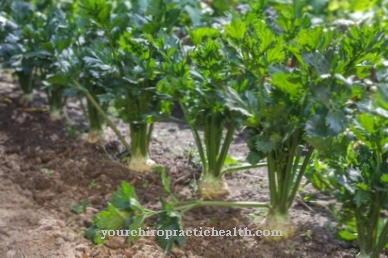
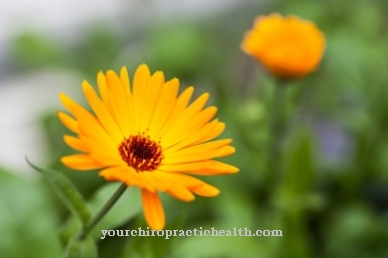
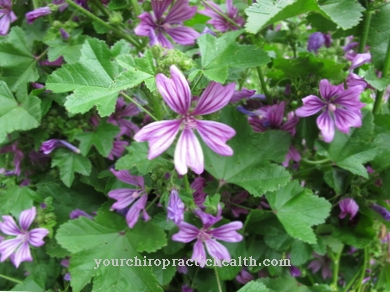
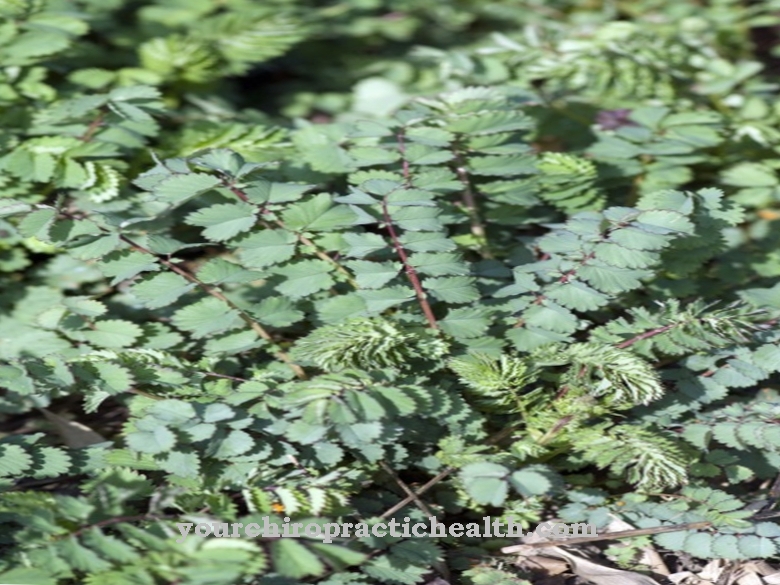
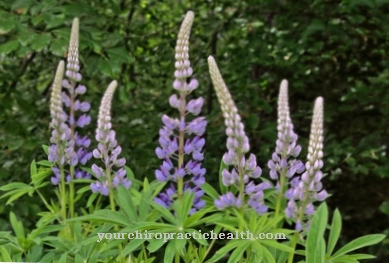






.jpg)



.jpg)










.jpg)
